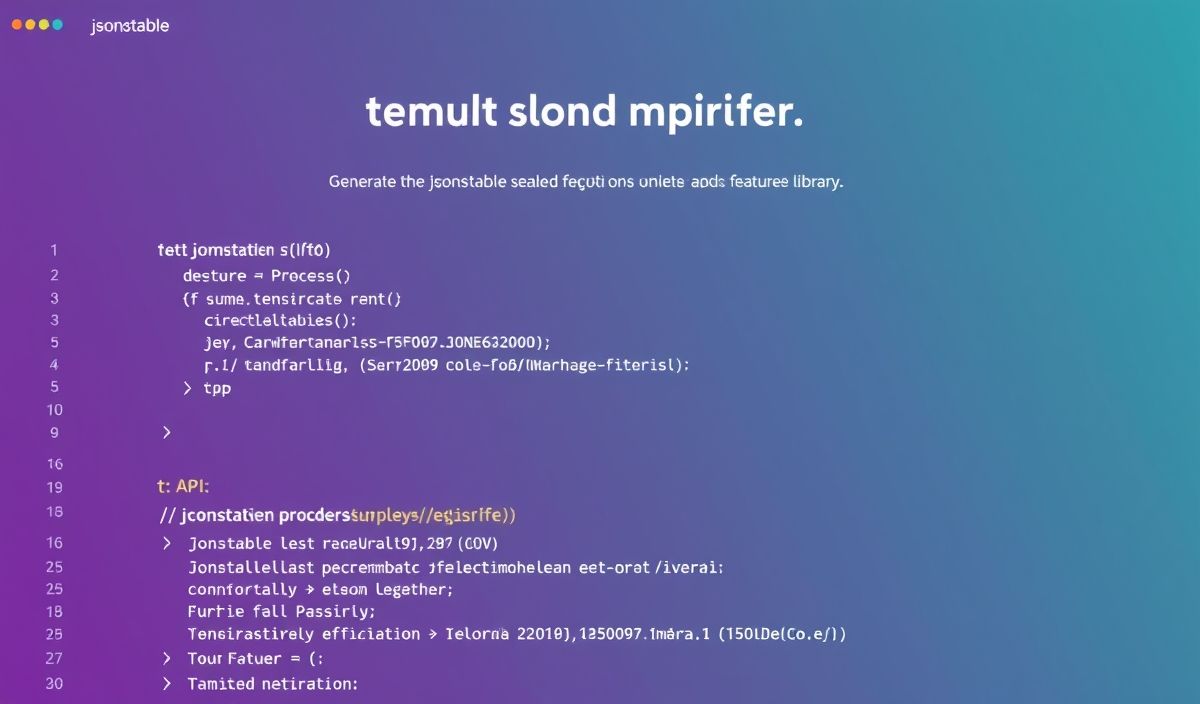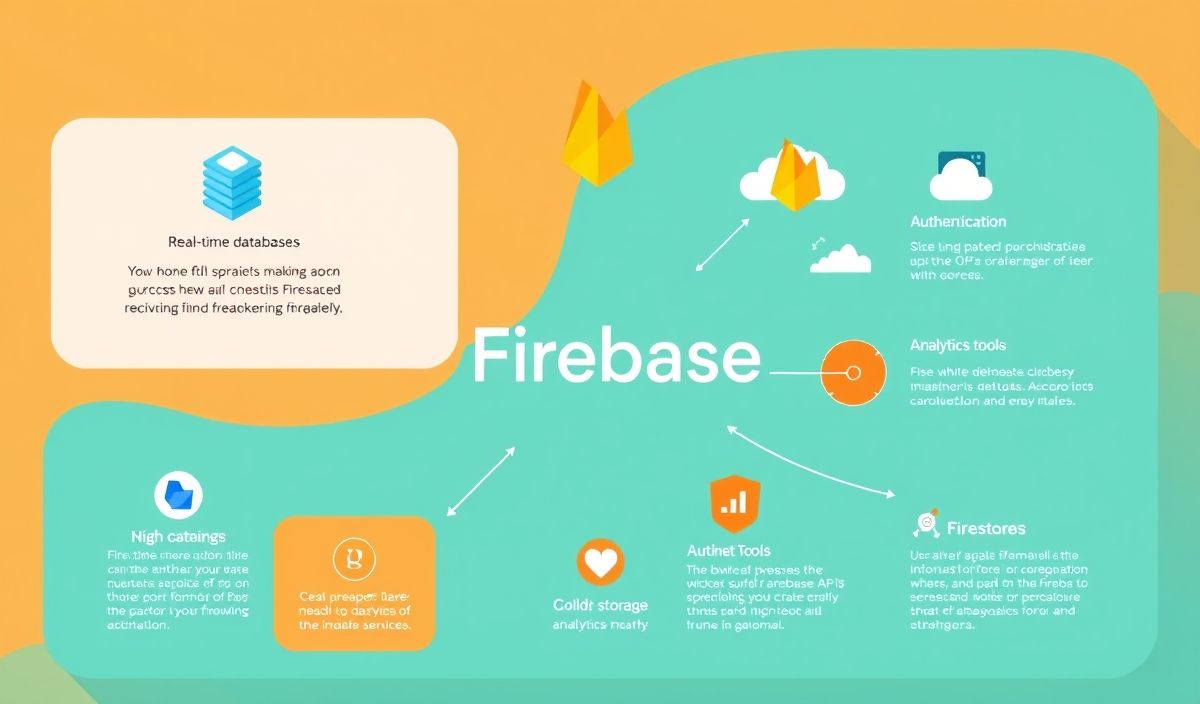Introducing jsonstable
Welcome to the ultimate guide on jsonstable! This powerhouse library is designed to revolutionize the way you work with JSON data in your applications. In this article, we delve deep into everything you need to know about jsonstable and provide dozens of useful API explanations, enriched with code snippets to help you get started. Let’s explore the diverse functionalities of this incredible tool that guarantees to amplify your productivity.
Table of Contents
Introduction to jsonstable
jsonstable is a versatile and powerful library for managing and manipulating JSON data structures. With its robust APIs, developers can easily handle complex JSON data with the utmost efficiency. Here are some of its standout features:
- Easy Parsing and Stringification
- Data Manipulation and Transformation
- Built-in Validation and Schema Support
- Seamless Integration with Modern JavaScript Frameworks
Useful API Examples
1. Parsing JSON Data
This is one of the core functionalities of jsonstable. Converting a JSON string to a JavaScript object is incredibly straightforward.
const jsonString = '{"name": "John", "age": 30}';
const jsonObject = jsonstable.parse(jsonString);
console.log(jsonObject.name); // Output: John
2. Stringifying JavaScript Objects
Converting a JavaScript object to a JSON string is equally simple.
const data = { name: "John", age: 30 };
const jsonString = jsonstable.stringify(data);
console.log(jsonString); // Output: {"name":"John","age":30}
3. Data Transformation
Transforming data within JSON structures using functional methods is a breeze.
const data = [{ age: 20 }, { age: 30 }, { age: 40 }];
const transformed = jsonstable.transform(data, item => item.age + 10);
console.log(transformed); // Output: [30, 40, 50]
4. Validation
Incorporate schema validation to ensure your data conforms to predefined rules.
const schema = {
type: "object",
properties: {
name: { type: "string" },
age: { type: "number" }
},
required: ["name", "age"]
};
const data = { name: "John", age: 30 };
const isValid = jsonstable.validate(data, schema);
console.log(isValid); // Output: true
5. Integration with JavaScript Frameworks
Seamlessly integrate jsonstable with popular JavaScript frameworks.
// Sample integration with React
import React from 'react';
import jsonstable from 'jsonstable';
class App extends React.Component {
render() {
const data = { name: "John", age: 30 };
const jsonString = jsonstable.stringify(data);
return {jsonString};
}
}
export default App;
Complete App Example
Let’s build a small application that utilizes several of the aforementioned APIs.
import jsonstable from 'jsonstable';
// Schema for validation
const schema = {
type: "object",
properties: {
name: { type: "string" },
age: { type: "number" }
},
required: ["name", "age"]
};
// Data
const data = { name: "John", age: 30 };
// Parsing JSON
const parsedData = jsonstable.parse(JSON.stringify(data));
// Stringifying data
const jsonString = jsonstable.stringify(parsedData);
// Validation
const isValid = jsonstable.validate(parsedData, schema);
// Data transformation
const transformedData = jsonstable.transform([parsedData], item => {
return { ...item, age: item.age + 5 };
});
console.log(`Parsed: ${JSON.stringify(parsedData)}`);
console.log(`JSON String: ${jsonString}`);
console.log(`Is Valid: ${isValid}`);
console.log(`Transformed Data: ${JSON.stringify(transformedData)}`);
In this example, we covered parsing JSON, stringifying data, validating against a schema, and data transformation. jsonstable makes these operations straightforward and efficient, empowering developers to focus on building great applications.
Hash: 96b26af0f704e340ef832ded24c99496a5a329b476512eeb543694a9cf8a1308




